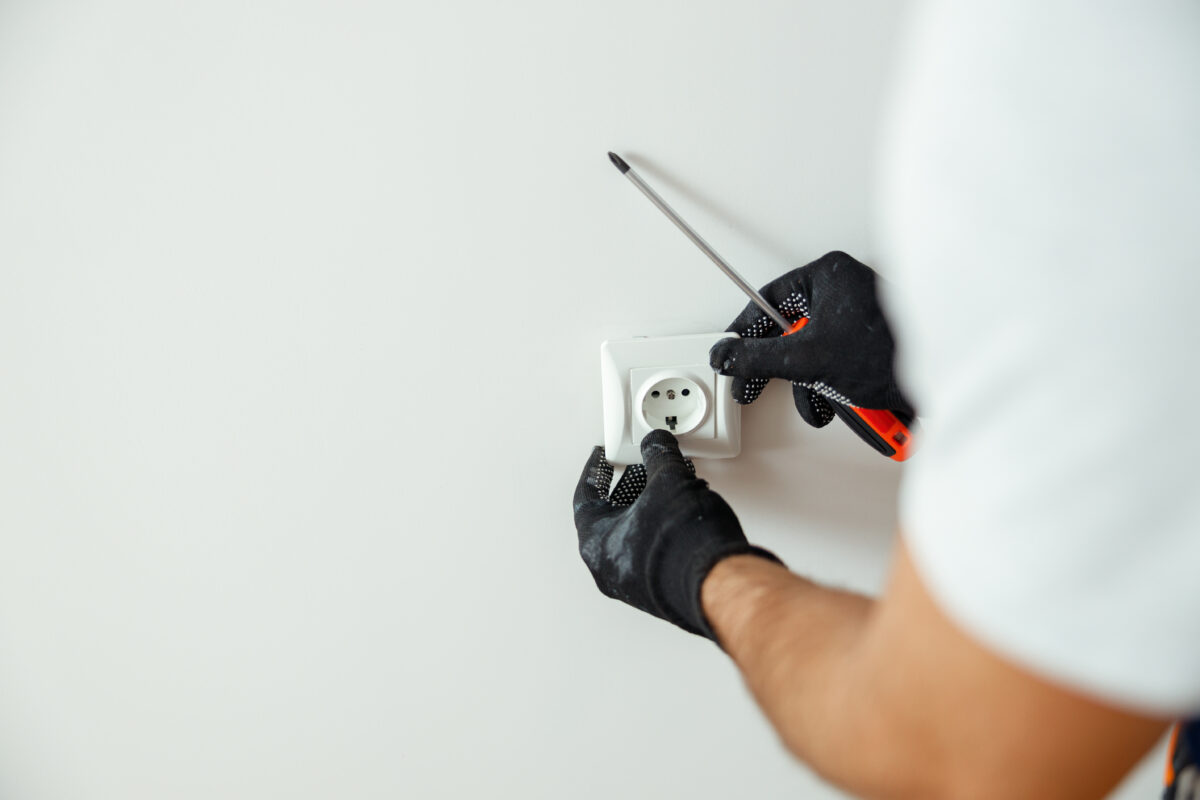Childproofing Your Home: Electrical Safety for Young Families

When it comes to childproofing a home, electrical safety is a paramount concern. Young families often face the challenge of creating a safe, nurturing environment while dealing with the dangers posed by everyday electrical appliances and installations. This article will provide essential tips for childproofing your home’s electrical systems, focusing on practical measures that can safeguard children from electrical hazards and thereby ensure the overall safety and well-being of the family.
Understanding the Risks: Electrical Hazards in a Family Home
Before delving into specific childproofing strategies, it’s important to understand the common electrical hazards in a home. These can include exposed outlets, dangling cords, and appliances within easy reach of children. Young children, due to their curious nature, are particularly at risk of electrical shocks and injuries.
Childproofing Electrical Outlets
Electrical outlets are often at a child’s eye level and can be fascinating to little fingers. Here’s how to secure them:
Outlet Covers and Plates: Use safety covers on all unused electrical outlets. These covers should be difficult for children to remove but easy for adults to operate when the outlet is needed.
Tamper-Resistant Receptacles (TRRs): Consider installing TRRs, which have a built-in shutter system that prevents foreign objects from being inserted into the outlet.
Managing Cords and Appliances
Loose cords and accessible appliances can pose significant risks to young children. To manage these risks:
Secure Loose Cords: Keep all electrical cords out of children’s reach. Use cord shorteners or clips to bundle excess cord length, and secure cords to the wall when possible.
Appliance Safety: Ensure that all appliances, especially heavier ones, are placed out of reach or secured to prevent tipping. Pay special attention to items like irons, hairdryers, and toasters.
Educating Children About Electrical Safety
While physical safeguards are crucial, educating children about the dangers of electricity is equally important:
Age-Appropriate Discussions: As children grow, discuss the dangers of electricity in an age-appropriate manner. Teach them to recognize warning signs like frayed wires or sparks.
Lead by Example: Children often mimic adult behavior. Always unplug appliances after use and avoid handling electrical devices with wet hands to set a good example.
Regular Home Electrical Inspections
Regular inspections by a qualified electrician can identify potential hazards:
Routine Checks: Have an electrician check your home’s electrical system regularly for any potential risks, especially in older homes where wiring may not be up to current safety standards.
Up-to-date Safety Standards: Ensure that your home’s electrical system complies with the latest safety standards, including circuit breakers and GFCIs in areas like bathrooms and kitchens.
Childproofing your home’s electrical systems is a vital aspect of ensuring the safety of young families. By implementing practical measures like securing outlets and managing cords, along with educating children about electrical safety, parents can create a safer environment. Regular inspections by professionals further contribute to maintaining a secure and hazard-free home. Remember, when it comes to child safety, vigilance and proactive measures are key.
